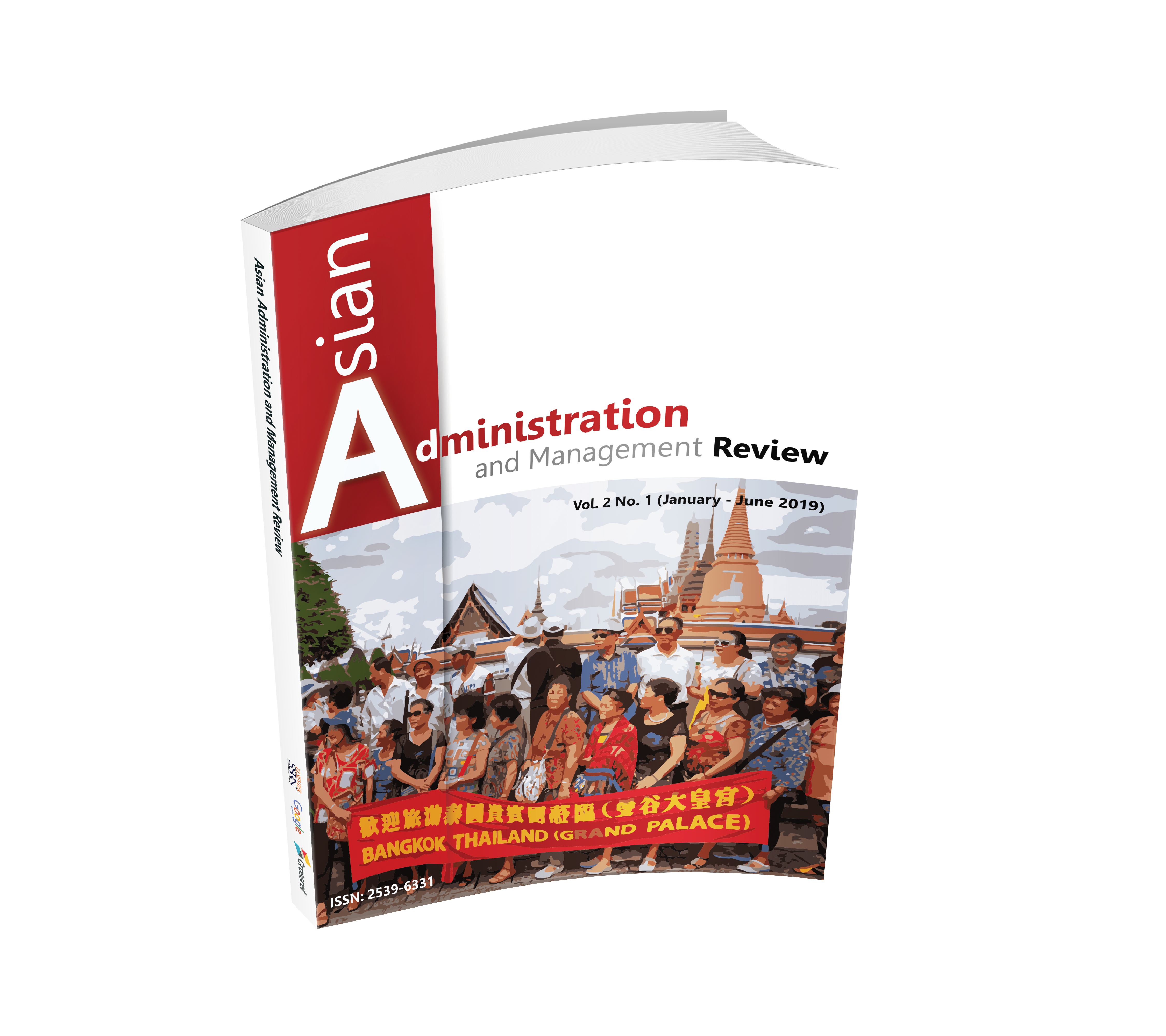The Impacts of Innovativeness and Nostalgia among Restaurant Customers in Bangkok Metropolitan Region
Keywords:
Innovativeness, Nostalgia, Service quality, Brand loyalty, RestaurantAbstract
Restaurant is one of recession-proof businesses because people need to eat every day. However, as majority of restaurants in Thailand are owned by Small Medium Enterprises (SMEs), disadvantages in terms of sizes, newness, and invested capitals may prevent them from attracting new and maintaining existing customers. From our observations, restaurants generally use two contrasting themes—innovativeness and nostalgia—to attract and maintain potential customers. Innovativeness becomes highly critical in the sustainability of the business as it potentially stops probable reasons for the restaurant to close. Customers are now more selective in their choices, and innovativeness in food, services, and decorations become the leading factors that satisfy customers’ dining experiences. However, when many customers step in restaurants, all do not expect new and unfamiliar food and services, they also look forward to being treated with traditional and genuine cuisine and services. Nostalgia then becomes the other alternative in creating different dining experiences and satisfaction. Whereas innovativeness offers new experiences, nostalgia indulges good-old-days experiences to the diners. This study attempts to understand the process in which two contrasting themes in restaurant businesses generate loyal customers through perceived service quality. The implications are discussed based on the empirical testing of the proposed model.
Downloads












.png)


